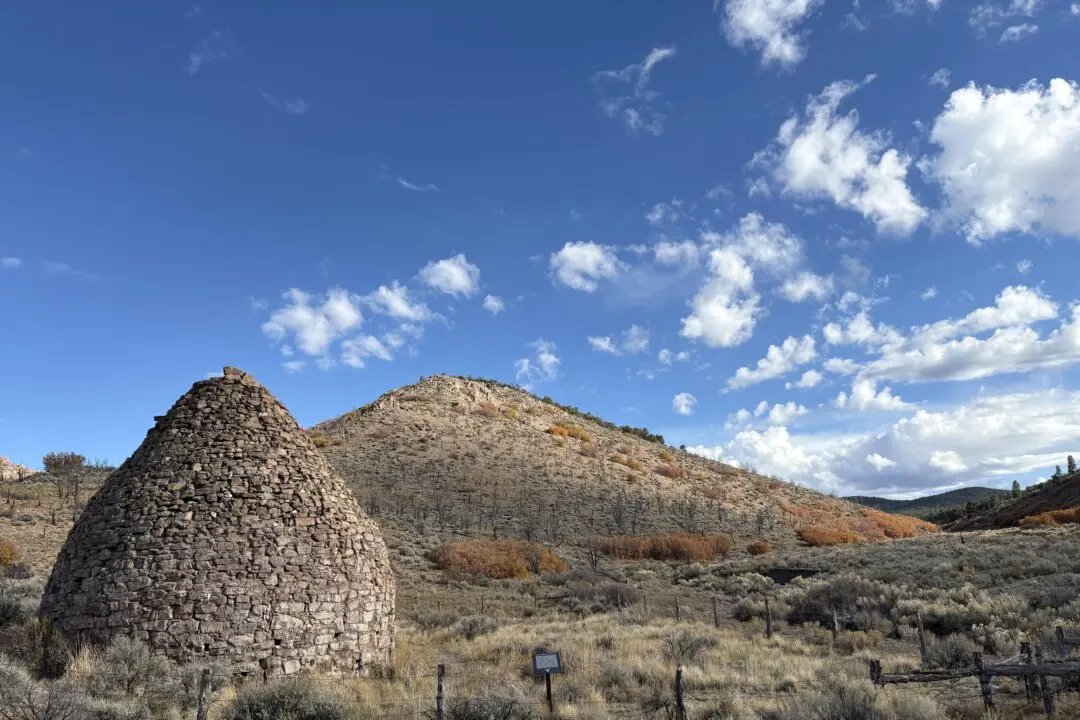John Bartram, touted as America’s first professional botanist, had a son named William in 1739. William followed closely in his father’s footsteps by keenly understanding botany. He also demonstrated adeptness at drawing and penning the details of his observations. He decided in 1765 to document plant life in the new Spanish-acquired territory of Florida.
His explorer streak whetted, William set out again in 1773 on a nearly-four-year botanizing journey that involved collecting seeds and specimens, sketching comprehensive drawings of flora and fauna, and making notes about habitats, growth patterns, etc. But William concentrated just as much on people and culture. His intuitive writings take us with him on well-worn footpaths, atop a borrowed mount on native peoples’ horse trails, or inside canoes down rivers and streams.





